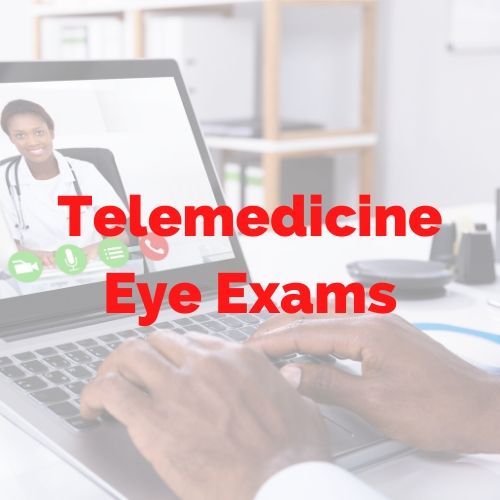Telemedicine in Eye Care


Many cities and states are still under lockdown orders and telemedicine consultations have become a safer alternative to doctor office visits.
The CMS (Centers for Medicare and Medicaid Services) has made sweeping changes to national telemedicine regulations. The changes are meant to expand the use of telemedicine as a way to avoid unnecessary face-to-face encounters during the COVID-19 lockdowns.
Telemedicine is Not New
In 1879, the Lancet published an article about conducting doctor-patient consultations over the phone. The April 1924 cover of Radio News magazine predicted a rise in telemedicine with an image of a doctor conducting a “radio office visit” through a small screen with a young boy. During the eight decades since there have been many other telemedicine developments.
Telemedicine now involves creating an audio-video connection between the provider and patient to avoid unnecessary face-to-face contact. Remote medicine, essentially the same as telemedicine, aims to bring healthcare in remote areas where healthcare is either absent or in short supply, for instance, remote areas or the front line of battle.
Telemedicine Eye Care in The Age Of COVID-19
Today’s technical advances in telecommunication have enabled many remote eye screenings such as ones for diabetic retinopathy and simple refractive vision correction screenings. A video eye consultation is also useful for minor eye emergencies and eyelid issues. In addition, telemedicine provides a way to monitor patients with chronic eye diseases such as macular degeneration and diabetic macular edema using mobile devices.
Most telemedicine consultations can be done using phone and computers and one of the following platforms:
- FaceTime
- Facebook Messenger Video
- Google Hangouts
- Zoom
- Go-to-Meeting
- Skype
Call your eye care provider and find out which platforms they are using for telemedicine consultations.
What to Expect from a Telemedicine Eye Consultation
In addition to having an Internet connection and a phone or commuter, you will have to provide the following:
- Consent for the telemedicine consultation
- Details about your current health
- Your medical history
- List of medications you are taking
- Ability to take a photo of yourself and send it electronically
Your eye care provider will have a discussion with you so be prepared with a list of the questions you have about your condition. Your provider may also ask you to follow-up by sending photos, or the follow-up may be by email or text.
Telemedicine for Retinal Diseases
There are currently screening devices available that eliminate dilated eye exams; however, the devices are not yet technologically advanced to be available for home use.
For now, a complete retinal exam requires dilating your pupils, conduction optical coherence tomography and possibly a fluorescein angiography, all of which require an in-office examination.
But if you are having symptoms such as acute vision loss or eye pain, contact your eye doctor to see if a telemedicine visit will work as a first-step evaluation in the management of your eye problem.
